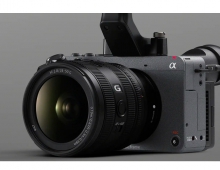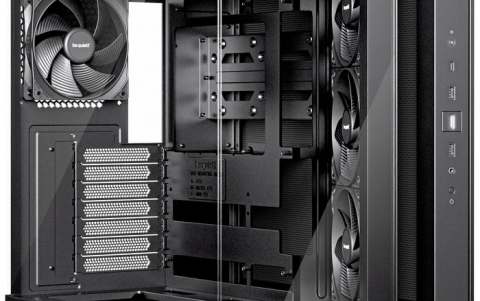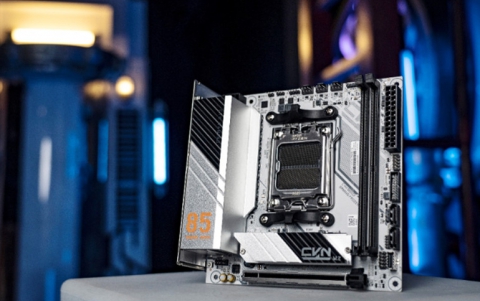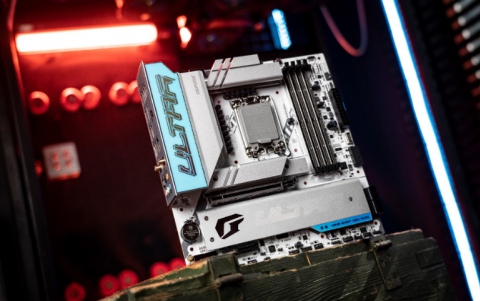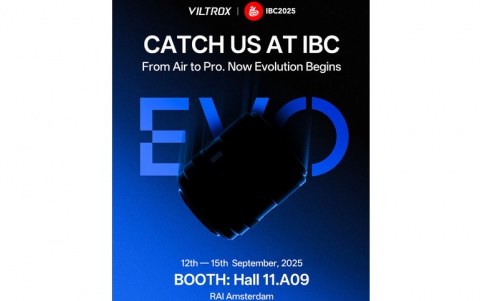SONY BW-RU101 PDD
2. Blue laser technology
Review Pages
SONY BW-RU101 PDD - Page 2
According to SONY, the following technological advancements facilitate the achievement of higher-capacity and higher-density:
- Narrowing the size of the laser beam wavelength by using a 405nm wavelength blue laser.
- Increasing the NA (Numerical aperture, determines the minimum resolving power of a lens for writing and reading) of the objective lens to 0.85 to minimize the beam spot range.
- Adopting a very thin cover layer, 0.1mm thick to prevent any disc tilt for maximum read/write reliability.
- Narrowing tracking pitch size to 0.32µm to heighten the recording density.
Blue laser and 0.85 NA lens enable high-density recording
By reducing the wavelength of the laser beam from red to violet, it is possible to make a narrower “beam spot”, thus enabling higher recording densities. “Professional Disc for DATA” employs a blue laser with a wavelength of just 405nm, enabling a data density some 2.6 times greater than that of the red laser technology used for conventional optical media. Moreover, the lens (used for focusing the laser beam) has a numerical aperture of 0.85 — greater than that used for DVDs (NA: 0.6) and MO discs (NA: 0.575). The resulting narrow beam further doubles recording density. As a result, track pitch is just 0.32µm, making it possible to record as much as 23GB on one side of a disc. Below we can see a comparison between DVD and SONY's PDD technology:

(Courtesy of SONY)
0.1mm cover layer enables high tilt tolerance
The overall thickness of the 120mm disc is 1.2mm, the same as that of a DVD disc. However, the recording layer has a cover layer of just 0.1mm thickness. This effectively increases the margin of error when the disc tilts or bends. Tilt tolerance is thus significantly higher than that of conventional optical discs, enhancing reliability for read/write operations. Below we can see a comparison between DVD and SONY's PDD technology:

(Courtesy of SONY)
Higher Performance
Compared to MO and DVD-RW, “Professional Disc for DATA” offers higher performance, at least according to SONY. Capacity is approximately 3 times that of MO and 5 times that of DVD-RW, maximum write speed is 2 times that of DVD-RW (4x) and 1.5 times that of MO. Below we can see a comparison chart between DVD, MO and SONY's PDD format:

(Courtesy of SONY)
Review Pages








